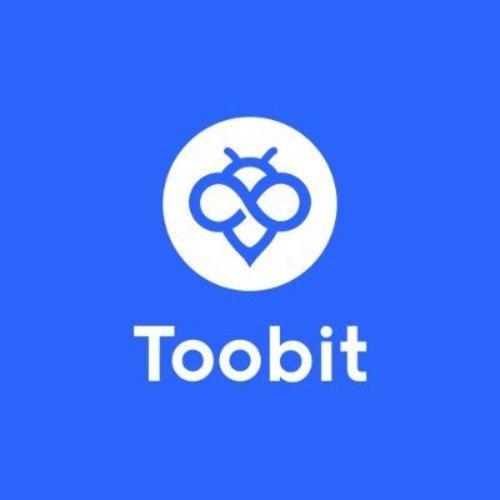Cardano is a third-generation blockchain platform that stands out for its scientific approach and dedication to long-term sustainability. Unlike earlier blockchains that evolved through trial and error, Cardano was built from the ground up using peer-reviewed research and formal methods. This meticulous foundation provides Cardano with high levels of security, scalability, and interoperability—features essential for widespread blockchain adoption.
At the heart of the Cardano network is ADA, the native cryptocurrency. Named after Ada Lovelace, a 19th-century mathematician often regarded as the world’s first computer programmer, ADA plays a vital role in network operations. It is used for transaction fees, staking, governance participation, and smart contract execution. The
ada price has seen fluctuations typical of cryptocurrencies, influenced by broader market trends, adoption milestones, and technological upgrades within the Cardano ecosystem. Despite volatility, many investors see ADA as a long-term asset tied to a platform with a clear vision and solid fundamentals.
Cardano uses a proof-of-stake (PoS) consensus mechanism called Ouroboros, which is more energy-efficient than Bitcoin’s proof-of-work system. This approach not only reduces environmental impact but also enhances network security and allows for faster transaction processing. It also enables ADA holders to stake their coins and earn rewards, encouraging community participation and decentralization.
A key differentiator of Cardano is its use of Haskell, a functional programming language. Haskell’s mathematically rigorous structure makes it easier to verify and test code, which is especially important for high-assurance applications in finance, healthcare, and public infrastructure. Cardano developers can build smart contracts using Plutus, a Haskell-based platform that supports secure and reliable DApps.
Cardano’s governance model is evolving through CIP-1694, a proposal aimed at introducing a decentralized and democratic governance structure. This includes a Treasury system funded by a portion of transaction fees, allowing the community to vote on development proposals and allocate resources efficiently. This ensures the platform can self-sustain and adapt over time without centralized control.
One of Cardano’s primary missions is financial inclusion—bringing secure, accessible financial tools to regions underserved by traditional banking. By focusing on transparency, openness, and technological excellence, Cardano seeks to empower individuals and communities across the globe.
In summary, Cardano represents a thoughtful, research-backed evolution of blockchain technology. While the ADA price will continue to respond to market dynamics, the platform’s long-term value lies in its robust design, innovative governance, and global mission to build a more inclusive financial future.

